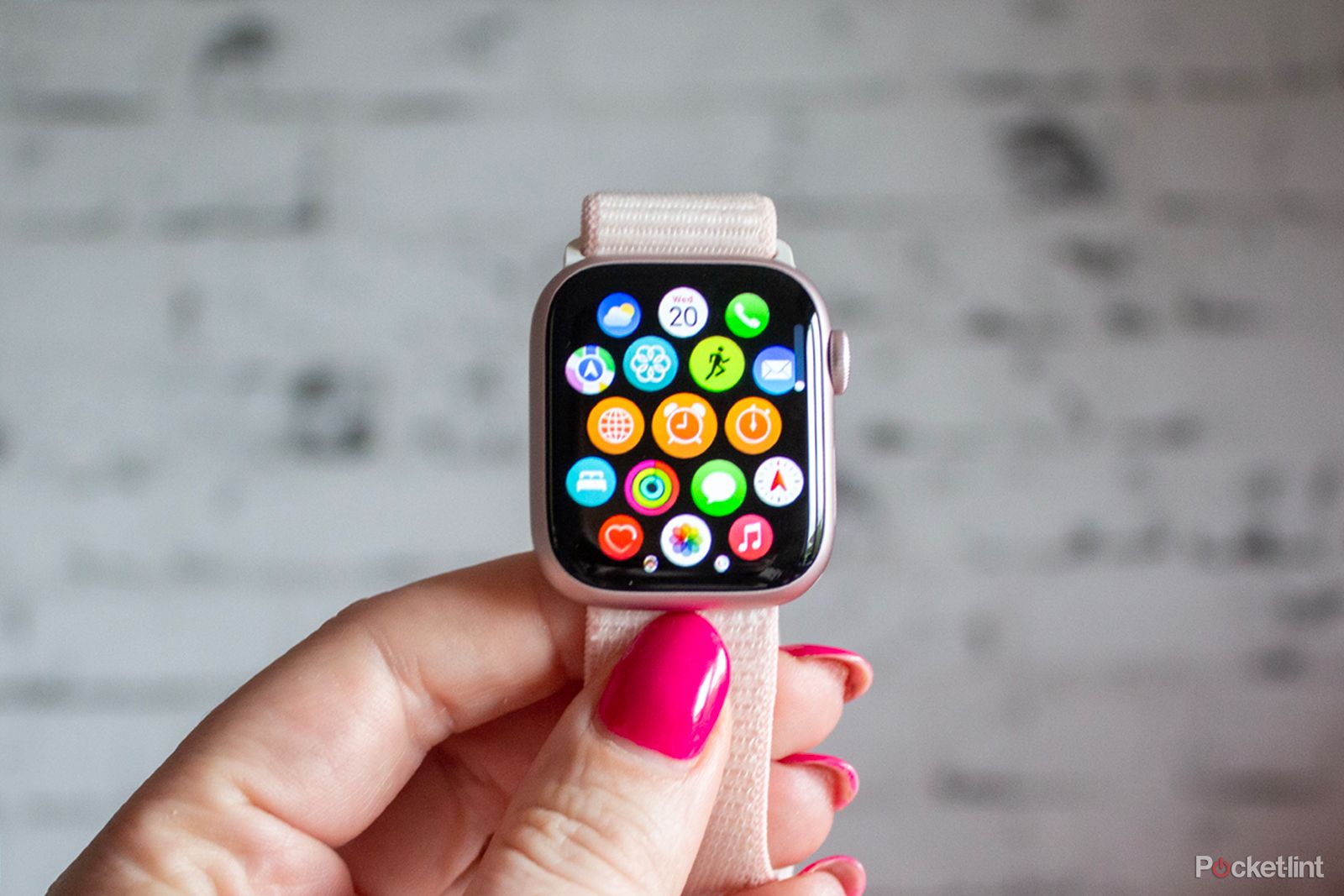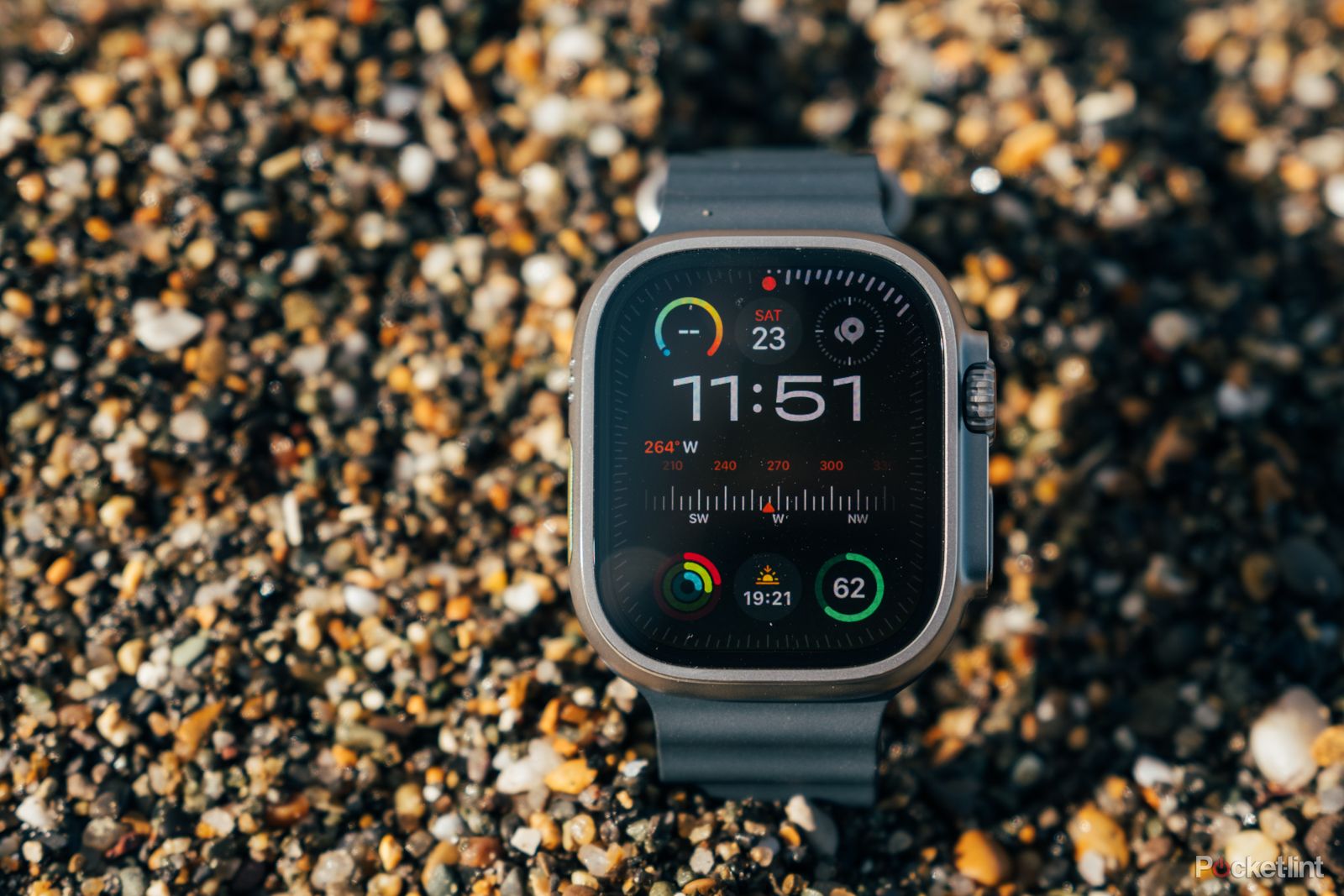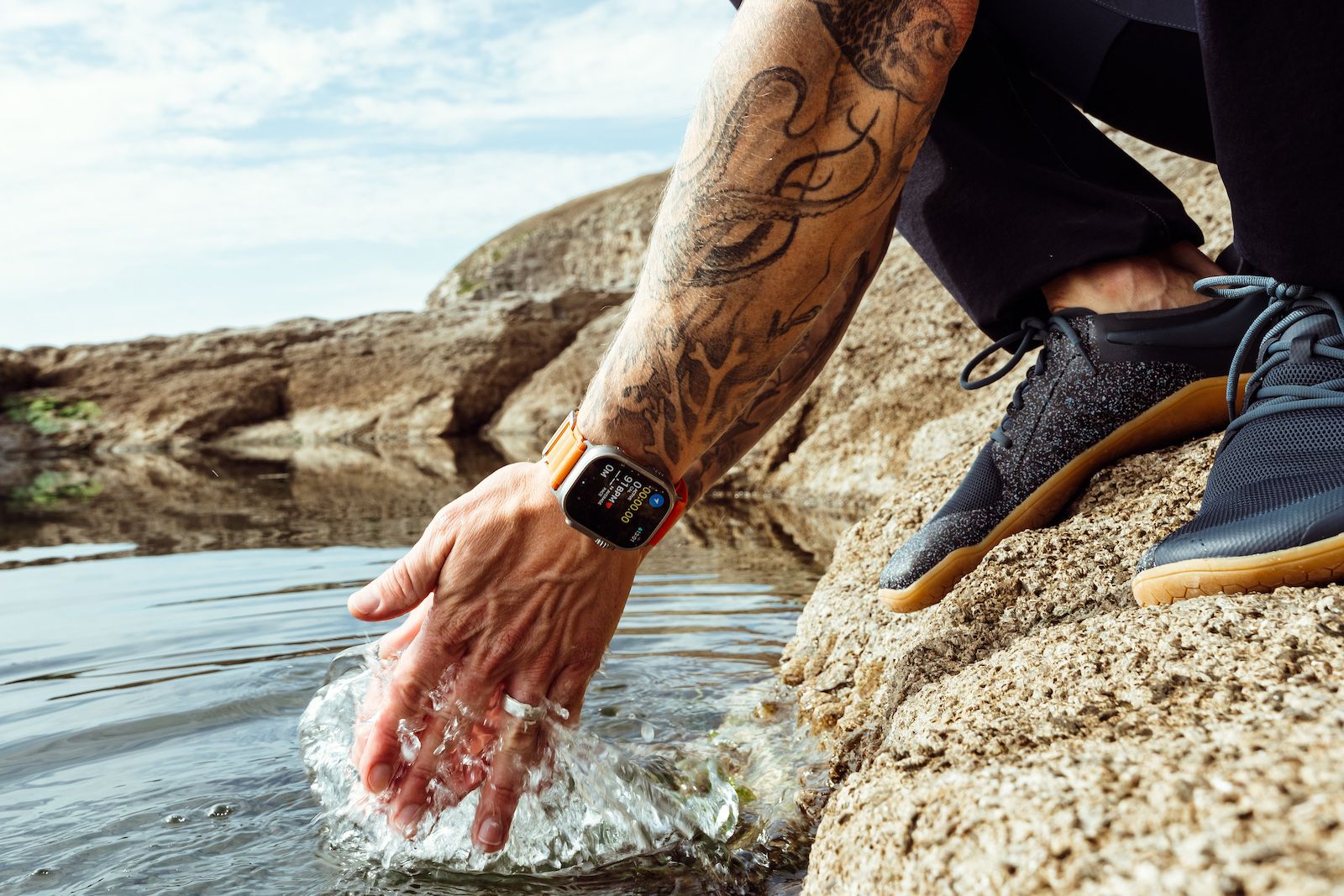Key Takeaways
- In response to courtroom paperwork, Apple plans to take away the blood oxygen-sensing performance from the Apple Watch Collection 9 and Apple Watch Extremely 2 to keep away from a ban within the US.
- The removing of the function will solely have an effect on potential consumers within the US, not present homeowners or these exterior the nation.
- If Apple’s enchantment is unsuccessful, the corporate could must pay a licensing charge or develop a brand new know-how to carry again blood oxygen sensing.
Apple could have discovered a solution to keep away from a US Apple Watch Collection 9 and Apple Watch Extremely 2 ban, but it surely entails eradicating a key well being function. That function, a blood oxygen sensor that may inform Apple Watch customers how a lot oxygen is of their bloodstream, is on the coronary heart of a authorized battle surrounding two patents that Apple has been discovered to have infringed upon.

Apple Watch ban: Everything you need to know
What Apple’s ITC ban means for present Apple Watch homeowners, and the way we acquired right here.
That scenario beforehand noticed the US Worldwide Commerce Fee (ITC) impose an import and gross sales ban on Collection 9 and Watch Extremely 2 gadgets, together with just a few older fashions, with Apple forced to halt sales online and in its stores. In response to 9to5Mac, Apple now intends to take away the blood oxygen-sensing performance totally so as to hold its wearables on sale. Fortunately, those that already personal the smartwatches or reside exterior the US will not be affected however American customers who’ve but to select one up will discover that their Apple Watch Collection 9 or Apple Watch Extremely 2 aren’t fairly the identical as these already in use.
Loic Salan
Right here at this time, gone tomorrow
Apple won a temporary stay on the Apple Watch ban whereas its patent infringement enchantment labored its means by means of the courts. On the identical time, the corporate has been engaged on a software program repair that may work across the patent concern. Nonetheless, it now seems that Apple has chosen the nuclear choice of disabling the function totally. That is in accordance a courtroom submitting from Masimo, the corporate that alleges Apple infringed on its pulse oximetry patents.
On the time of writing, neither Apple nor US Customs have commented on the scenario, however Masimo means that Apple claims its “redesigned Watch Merchandise definitively don’t comprise pulse oximetry performance.” At the moment occurs to be the deadline for events to file assist or opposition to Apple’s request to pause the Apple Watch ban all through the appeals course of, and a ruling on that’s anticipated imminently. For now, it appears more and more seemingly that Apple hasn’t been capable of finding a solution to provide blood oxygen monitoring capabilities to customers with out infringing upon Masimo’s patent. The place Apple goes from right here stays to be seen, though it would little question hope to win its enchantment.
If Apple’s enchantment shouldn’t be profitable it would have two choices if it desires to carry blood oxygen sensing again to the Apple Watch: pay a licensing charge, or devise a brand new know-how by itself. The previous will seemingly be the quickest choice and that might be key given Apple’s reported plans so as to add sleep apnea detection and monitoring assist to future Apple Watches. Doing so and not using a useful pulse oximeter appears unlikely.




















